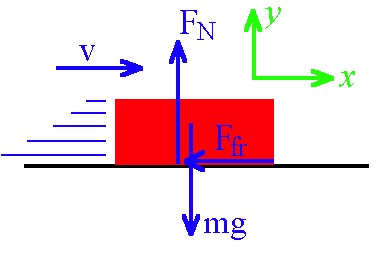| << Chapter < Page | Chapter >> Page > |
By the end of this section you will be able to:
The Learning Objectives in this section will help your students master the following TEKS:
| friction | inertia | law of inertia |
| mass | Newton's first law of motion | system |
Before students begin this section, it is useful to review the concepts of force, external force, net external force, and addition of forces.
[BL] [OL] [AL] Ask students to speculate what happens to objects when they are set in motion. Do they remain in motion or stop after some time? Why?
Newton's first law of motion states that:
[BL]
[OL]
[AL] Discuss examples of Newton’s First Law seen in everyday life.
[BL]
[OL]
[AL] Talk about different pairs of surfaces and how each exhibits different levels of friction. Ask students to give examples of smooth and rough surfaces. Ask them where friction may be useful and where it may be undesirable.
[OL]
[AL] Ask students to give different examples of systems where multiple forces occur. Draw free-body diagrams for these. Include the force of friction. Emphasize the direction of the force of friction.
At first glance, this law may seem to contradict your everyday experience. You have probably noticed that a moving object will usually slow down and stop unless some effort is made to keep it moving. The key to understanding why, for example, a sliding box slows down (seemingly on its own) is that a net external force acts on it to make it slow down. Without this net external force, the box would continue to slide at a constant velocity (as stated in Newton’s first law of motion). What force acts on the box to slow it down? It is called friction . Friction is an external force that acts opposite to the direction of motion (see [link] ). Think of it as a resistance to motion that slows things down.
Friction:

Consider an air hockey table. When the air is turned off, the puck slides only a short distance before friction slows it to a stop. However, when the air is turned on, it lifts the puck slightly so that the puck experiences very little friction as it moves over the surface. With friction almost eliminated, the puck glides along with very little change in speed. On a frictionless surface, the puck would experience no net external force (ignoring air resistance, which is also a form of friction). Additionally, if we know enough about friction, we can accurately predict how quickly objects will slow down.

Notification Switch
Would you like to follow the 'Updated tutor hs physics content - legacy' conversation and receive update notifications?